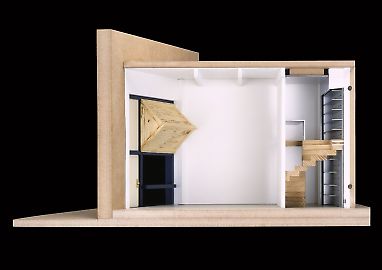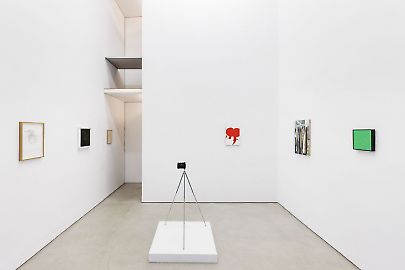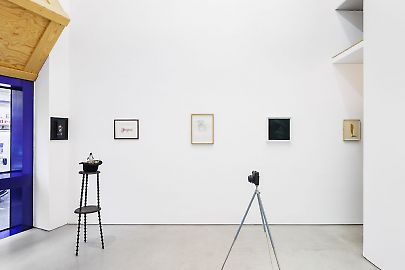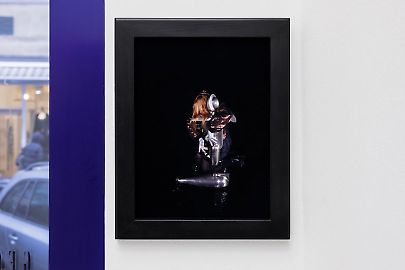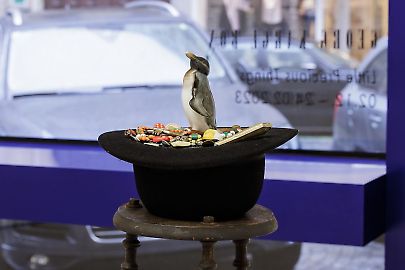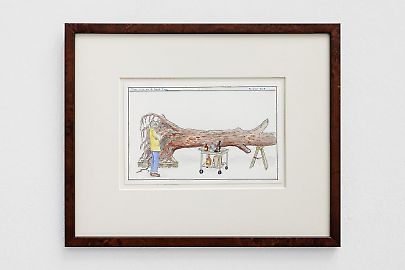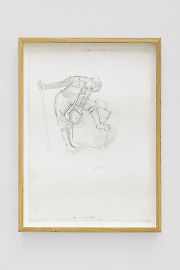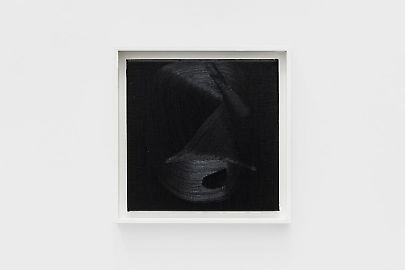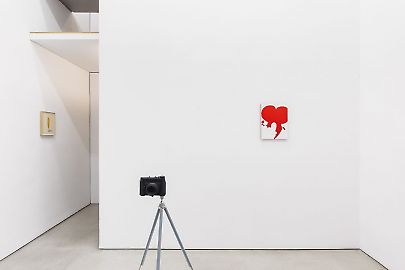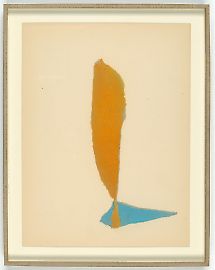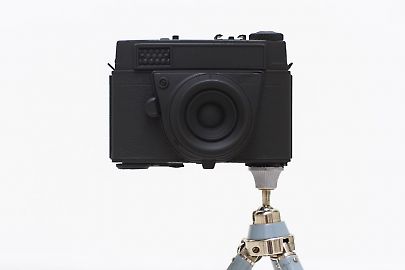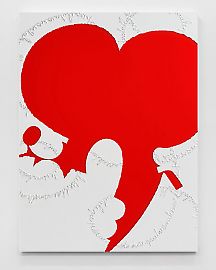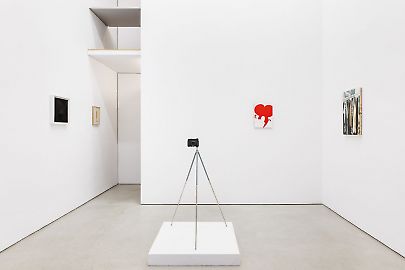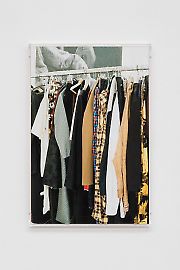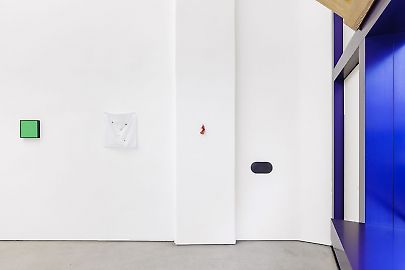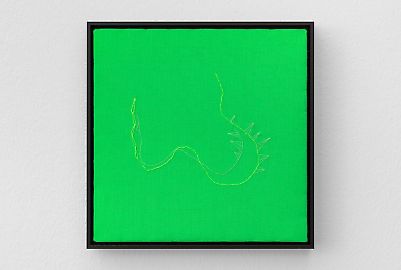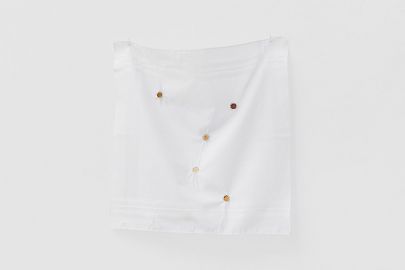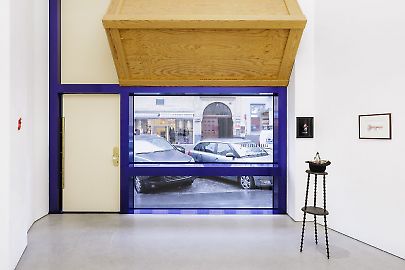Little Precious Things --
Mladen Bizumic, Rafał Bujnowski, Katrina Daschner, Mark Dion, David Fesl, Jakob Lena Knebl, Denisa Lehocká, Mercedes Mangrané, Josse Pyl, Paula Rego, Rosa Rendl
Eröffnung: 1. Dezember, 18.00-21.00
In the spring of 2005, a second exhibition space, Georg Kargl BOX, opened beside the main gallery on the Schleifmühlgasse 5, a project by Jabornegg & Pálffy architects in close collaboration with the American artist Richard Artschwager (1923–2013). By designing the new storefront in the historic residential building (constructed in 1910–1911 by the Viennese architect Ernst Epstein) Artschwager manifested one of the red threads of his oeuvre – thinking about the properties of things, playing with the perception and representation. His concern was not so much with the object itself, but with its interpretation and its use in various contexts.
Artschwager’s storefront of the BOX converges colour, material, and structure inspired by the American Bar by Adolph Loos to a singular result that with its reverse prism mirrors the surroundings and integrates the urban space into the art space. “I use visual perception as a way of bringing people into my space,” Artschwager pointed out when addressing how to trigger the audience's involvement.1 Contradictory elements perpetuate the conflicts: in the symmetrical order and stability of his forms, disorganization is built-in, tending to destabilize the whole structure. An expressive interplay of horizontal and vertical elements in the interior and the exterior is emphasized by the use of different materials and surfaces (aluminium, glass, plastic–Formica, wood), and by the combination of pictorial and sculptural.
What a thing is cannot be separated from where it is. In other words, the thing is its where. While internal relations seem to function at the core of art objects, it is the external links that position them as such.
With the last exhibition of 2022, multiple and varied artistic voices inhabit the BOX with their relatively small-scaled works; the intangible concepts and ideas transformed into material artifacts. Little Precious Things combines fragments of everyday life, documents of lived experiences and materializations of the immaterial. It juxtaposes prompts and critical responses to the now together with the investigations of the medium. In the world of objects, not all occupy the same place. Or, to paraphrase Artschwager: on some (things), we can sit, but some might carry the potential to change the way we think and are.2
[1] Coosje van Bruggen, "Richard Artschwager", in: Artforum, Vol. 22, No.1, September 1983, pp.45-51.
[2] Ibid.


